The making of ‘Cape’ suit, by Konstantin Grcic and Brioni
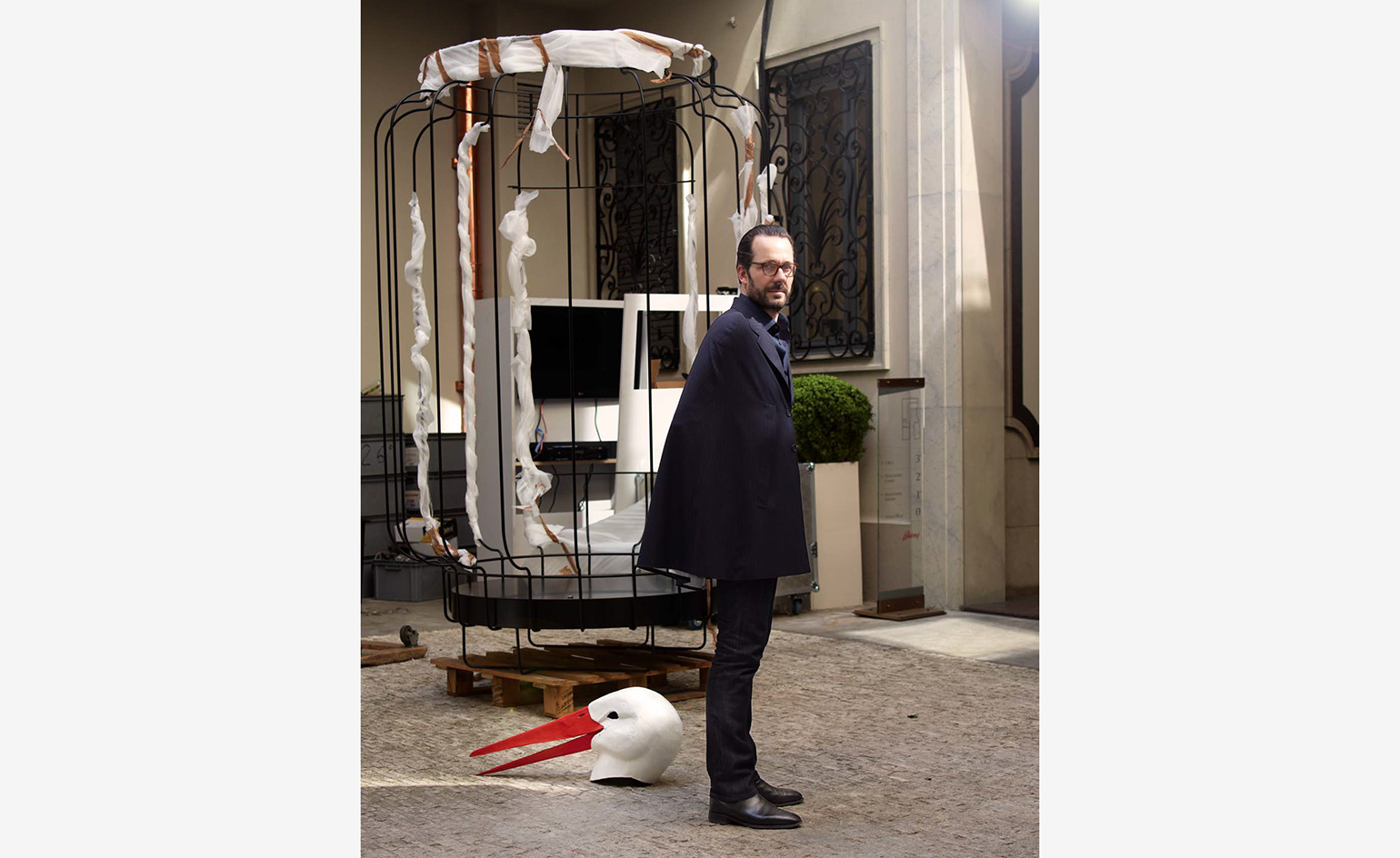
Konstantin Grcic may be the pre-eminent, certainly the most prolific, industrial designer of the era. But what he is not – by his own admission – is a fashion designer. In fact, of all the premier-league designers, Grcic, synonymous with the engineered and re-engineered, might seem the most ill-suited to the swish and swagger and seasonal flimflam of the fashion world. Patricia Urquiola and Marcel Wanders maybe; Grcic, no way.
But when we approached Grcic to be part of this year’s Handmade project – and of course we had to – working with a tailor was one of the first ideas he threw at us. And immediately it started to make sense. Quite the quiet dandy on the side, Grcic, it turns out, has long had an interest in the soft engineering of the bespoke and made-to-measure suit – the complex mechanics of cut and padding, and structure and compensation.
‘I have been fascinated by tailoring for a long time. I had a girlfriend who was a tailor,’ Grcic explains. ‘I appreciate the beauty of working with fabrics, how they become three-dimensional, and also the beauty of cutting into a piece of fabric.’ Grcic knew enough about tailoring, and the skills required, to leave well alone, though. ‘It was one of those things that I thought was fascinating, but didn’t really want to do myself.’
However, when we threw the Handmade challenge at him, he thought it might finally be time to take it on. Initially, his idea was to come to London. ‘When we started talking about the project I thought about Savile Row,’ he says. But we thought it made far more sense to put Grcic together with Brioni, the standard bearer of bespoke Italian tailoring, and see if they could come up with a centerpiece for our Handmade exhibition in Milan.
Grcic was perhaps more familiar with the English tailoring tradition – essentially the evolutionary jump from uniform making and still about creating a sort of civilian armour – than the looser, more fluid and more fashionable swing of the Italian suit. ‘I didn’t really make the connection with Brioni at first,’ he admits. But as soon as we did it for him, it’s fair to say he was as excited by the prospect as one can imagine a designer of his standing and experience could be.

As photographed by Grcic, his ‘Cape’ suit was made by Brioni’s skilled master tailors at the brand’s Penne factory, under the supervision of master tailor Angelo Petrucci (bottom left).
Grcic’s MO has always been to understand the possible first, to look at how things are made, and then see if he can make them better, or at least make them in a different, perhaps better way. And so it was with the Brioni project.
Grcic found his way from Munich, where he is based, to Penne in the Abruzzo area of Italy to meet Angelo Petrucci, Brioni’s master tailor. Brioni was founded in 1945 when Nazareno Fonticoli, a tailor based in Penne, and his partner Gaetano Savini, opened the first Brioni tailor shop on via Barberini in Rome. But it is in Penne where Brioni’s suits are still made, where the company’s heart beats and where a Brioni tailoring school ensures there is always a new supply of master craftsmen to hand-make its suits.
‘Meeting Angelo was a crash course in that sort of tailoring,’ explains Grcic. ‘In the afternoon, after seeing all the making and the way they worked, he took my measurements. It is fascinating what information they use. Angelo is always observing, watching how you move, whether you move a lot, whether you make quite small, controlled movements, how much you stand still and what you do with your hands when you stand still.’
The pair, despite coming from very different traditions, developed an instant rapport. ‘We got on very well,’ says Petrucci. ‘Konstantin is an extraordinary person with respect to sensitivity, to being practical and to creativity. I was struck by his way of working – he considered everything just like a real “master tailor” and this is what struck me most. He immediately understood everything regarding the aesthetic level. Naturally, for the technical part, years of training are necessary’.
‘It was a really beautiful experience,’ enthuses Grcic. ‘Of course, your part of the process is making choices, and there are all these options. But someone like Angelo is not just an amazing tailor, he is also an amazing communicator, guiding you to make the right choices.’
But if Grcic was going to take on tailoring, it wasn’t going to be by reinventing the bespoke suit. He has too much respect for the years of training, the skills passed down from generation to generation, and the finely tuned intuition of the master tailor to walk in and try to un-seam it.
Looking through some of the archive material in Angelo’s office, Grcic came across an image of a young man wearing a cape and fell in love with the idea of a suit that reworked that idea and offered the wearer something like a personal environment, a two-piece suit with domestic powers of comfort.
Grcic returned to Munich and set to work on the sewing machine in his studio, mocking up a cape he could take back to Penne and let Petrucci and the team work their magic.
The challenge for Petrucci and Grcic was to produce a suit that from the outside was all about an elegant drape, about fluidity and movement, but that from the inside had the reassuring architecture of a made-to-measure suit, the security of a proper fit. ‘A good tailor really gives you a better body, makes you a better man. I really think there is a psychological aspect to it,’ says Grcic. ‘Tightening all those buttons on a military jacket makes you feel strong, make you feel like a superman.’
For Grcic, though, the appeal of the project was less about creating a new generation of caped superheroes or revolutionising contemporary menswear than getting to grips with a particular model of contemporary craftsmanship, a way of keeping hand-made relevant and practical on a commercial scale.
Brioni employs over 1,000 people at Penne, 400 of them tailors. And demand to enter the company’s tailoring school and join their ranks is intense. But what Brioni has at Penne is a factory. The stages of putting together a made-to-measure suit, and there are hundreds, are broken down and given to different craftsmen. It is, as Grcic describes it, a ‘human chain’. This is craftsmanship on an industrial scale, but also a company culture that is intimately tied to its original location and traditional skills.
And for Grcic, a designer who writes the story of production into each of his designs, this was a very good story.
As originally featured in the August 2011 issue of Wallpaper* (W*149)
INFORMATION
konstantin-grcic.com; brioni.com
Wallpaper* Newsletter
Receive our daily digest of inspiration, escapism and design stories from around the world direct to your inbox.
-
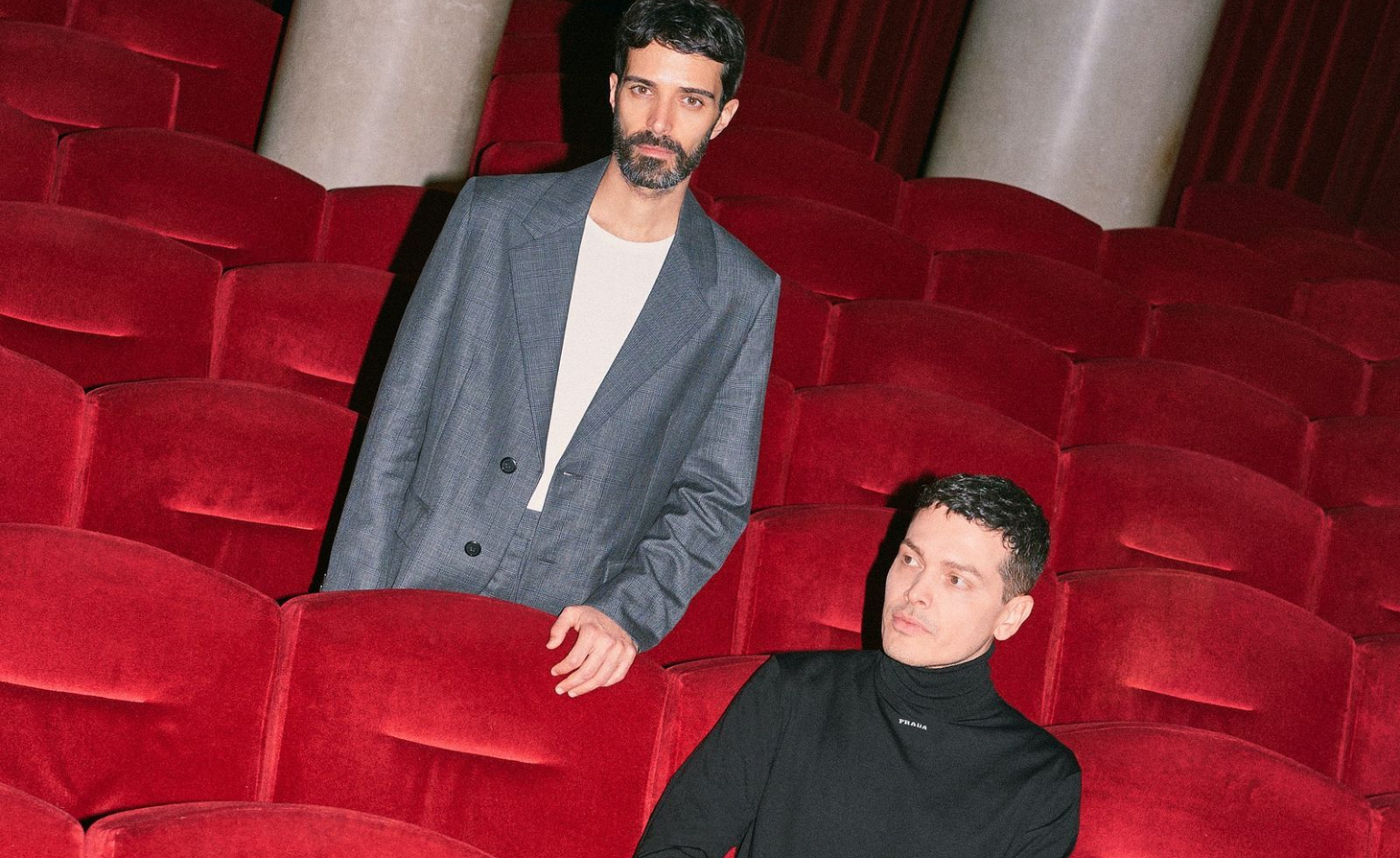 Everything you need to know about Italy's Lake Maggiore, according to Formafantasma
Everything you need to know about Italy's Lake Maggiore, according to FormafantasmaFrom baroque gardens to panoramic views, Andrea Trimarchi and Simone Farresin show us around this Italian escape
By Sofia de la Cruz Published
-
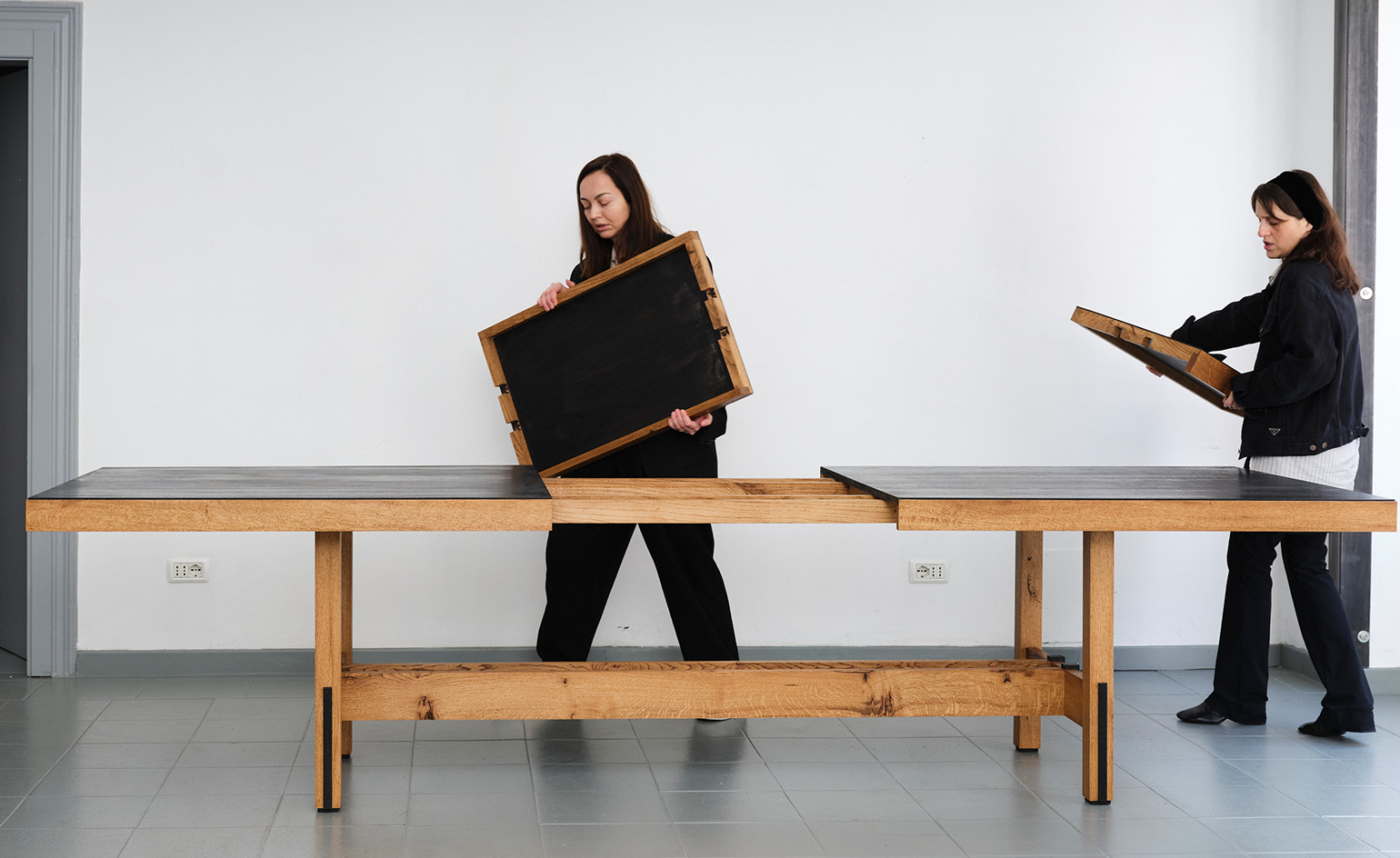 In Milan, Rooms Studio examines Georgia’s shifting social landscape
In Milan, Rooms Studio examines Georgia’s shifting social landscapeExpandable tables that reference recent government protests and lamps held together with ‘chewing gum’ feature in the Tbilisi-based studio’s Milan Design Week 2025 installation
By Dan Howarth Published
-
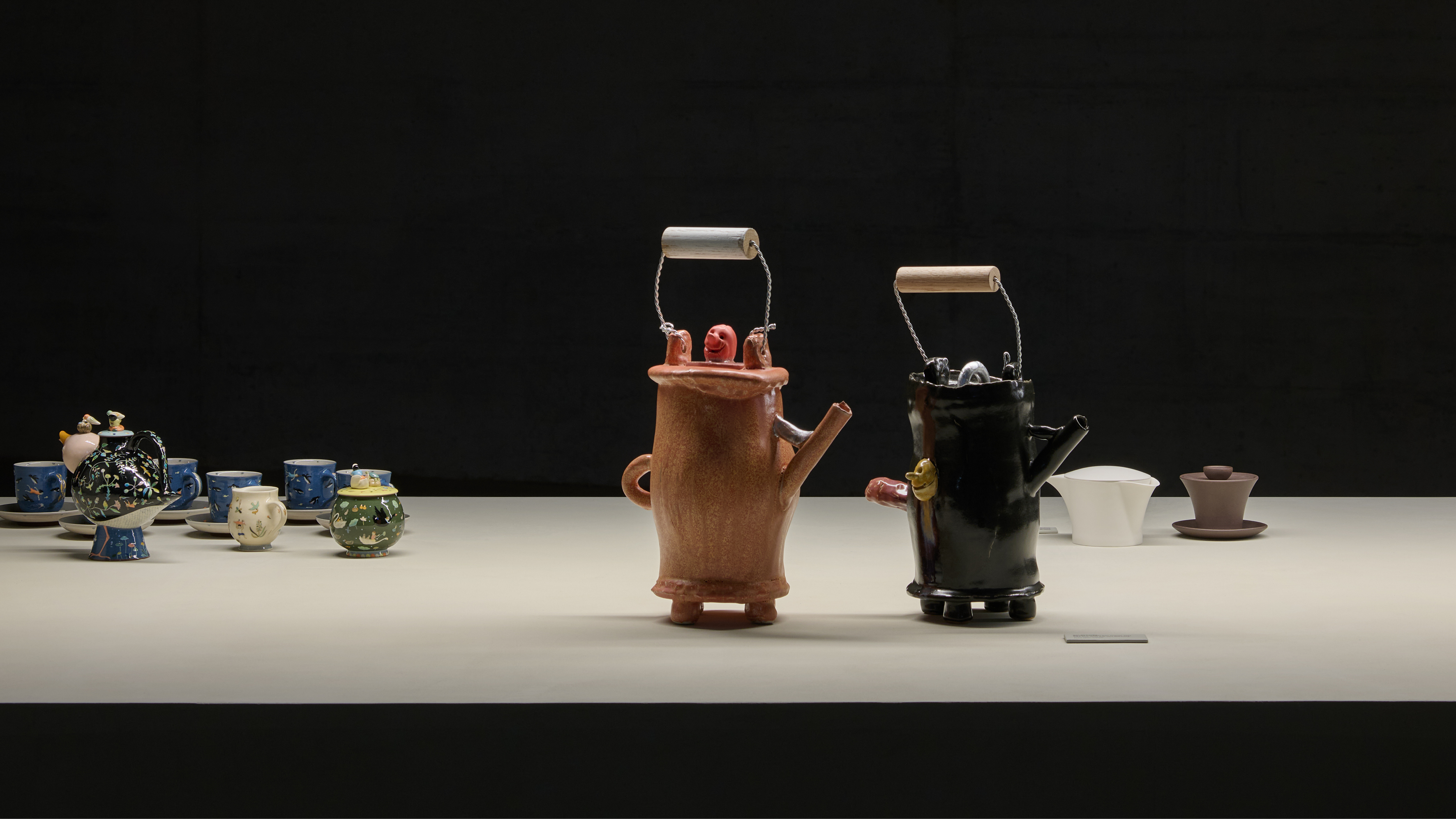 The best fashion moments at Milan Design Week 2025
The best fashion moments at Milan Design Week 2025In this ongoing report, Scarlett Conlon discovers the finest fashion moments at Salone del Mobile and Milan Design Week 2025, from Loewe’s artist-designed teapots to Saint Laurent’s celebration of Charlotte Perriand
By Scarlett Conlon Published
-
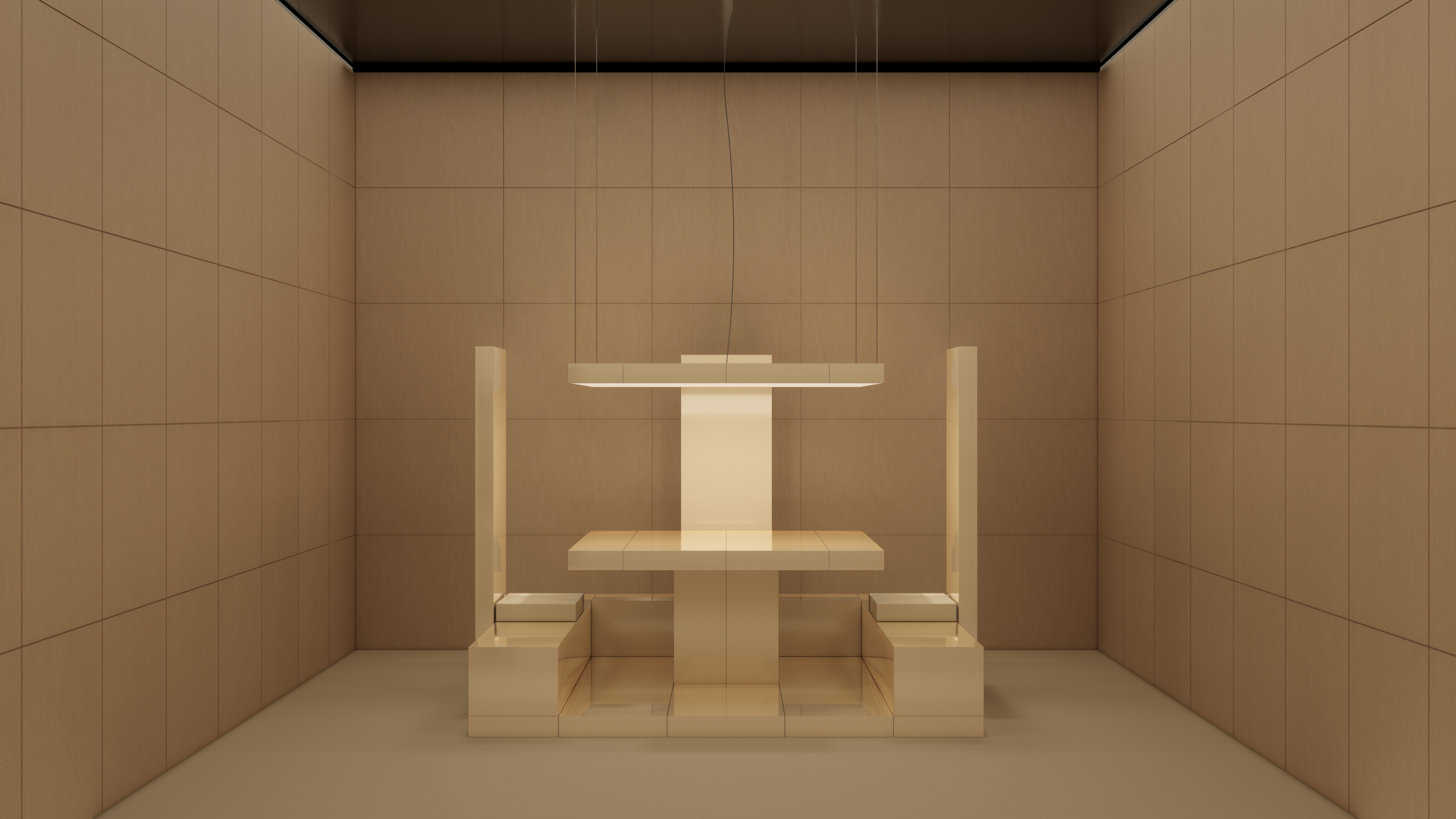 Emerging galleries to discover during Milan Design Week
Emerging galleries to discover during Milan Design WeekWallpaper’s Milan editor has the inside track on the younger design galleries coming to town
By Laura May Todd Published
-
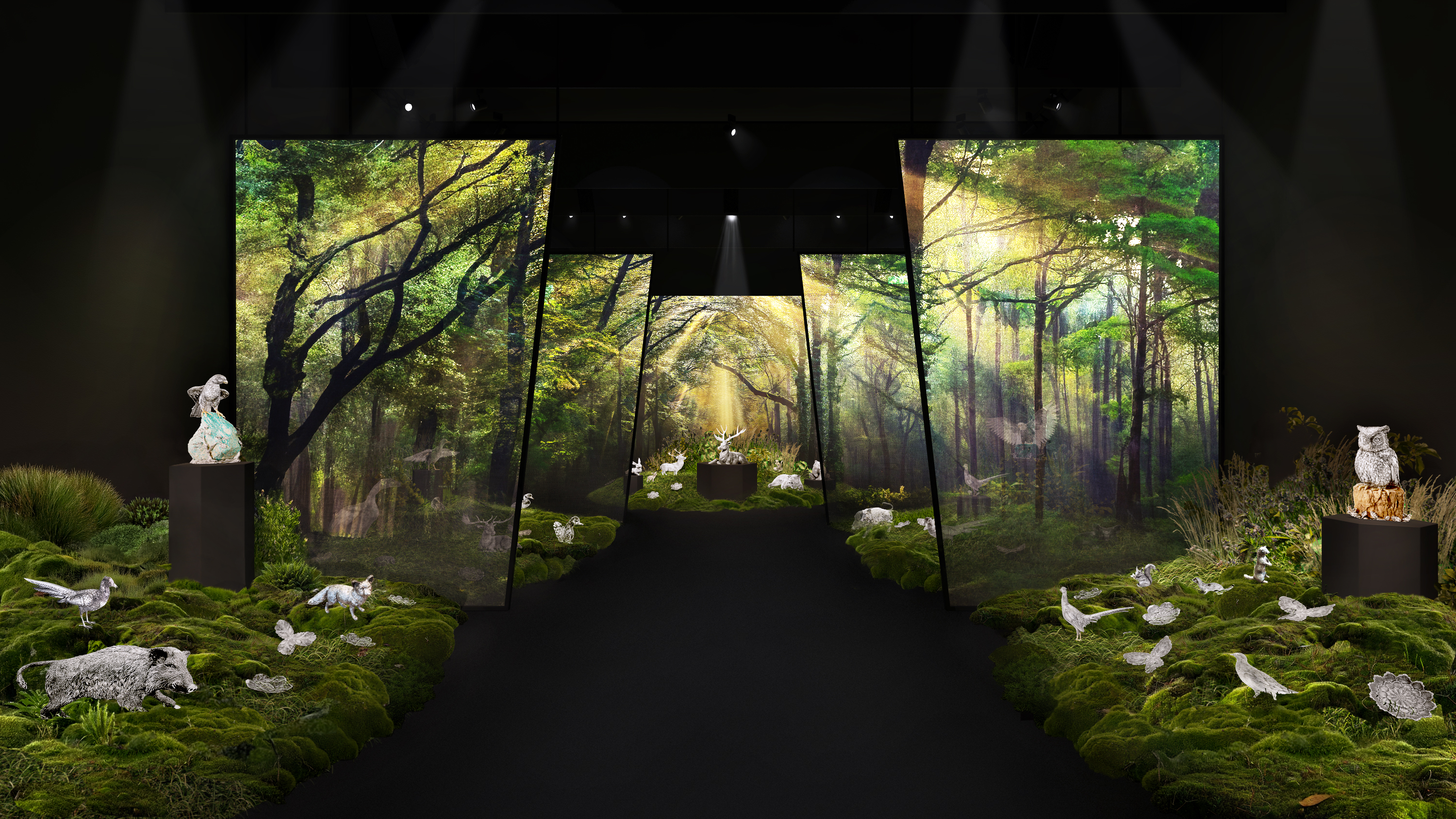 Buccellati brings the forest and Furry Animals to Milan Design Week
Buccellati brings the forest and Furry Animals to Milan Design WeekThe jewellery and silverware maison falls back on tradition for its Milan showcase, presenting its now-emblematic collection of intricately crafted creatures
By Laura May Todd Published
-
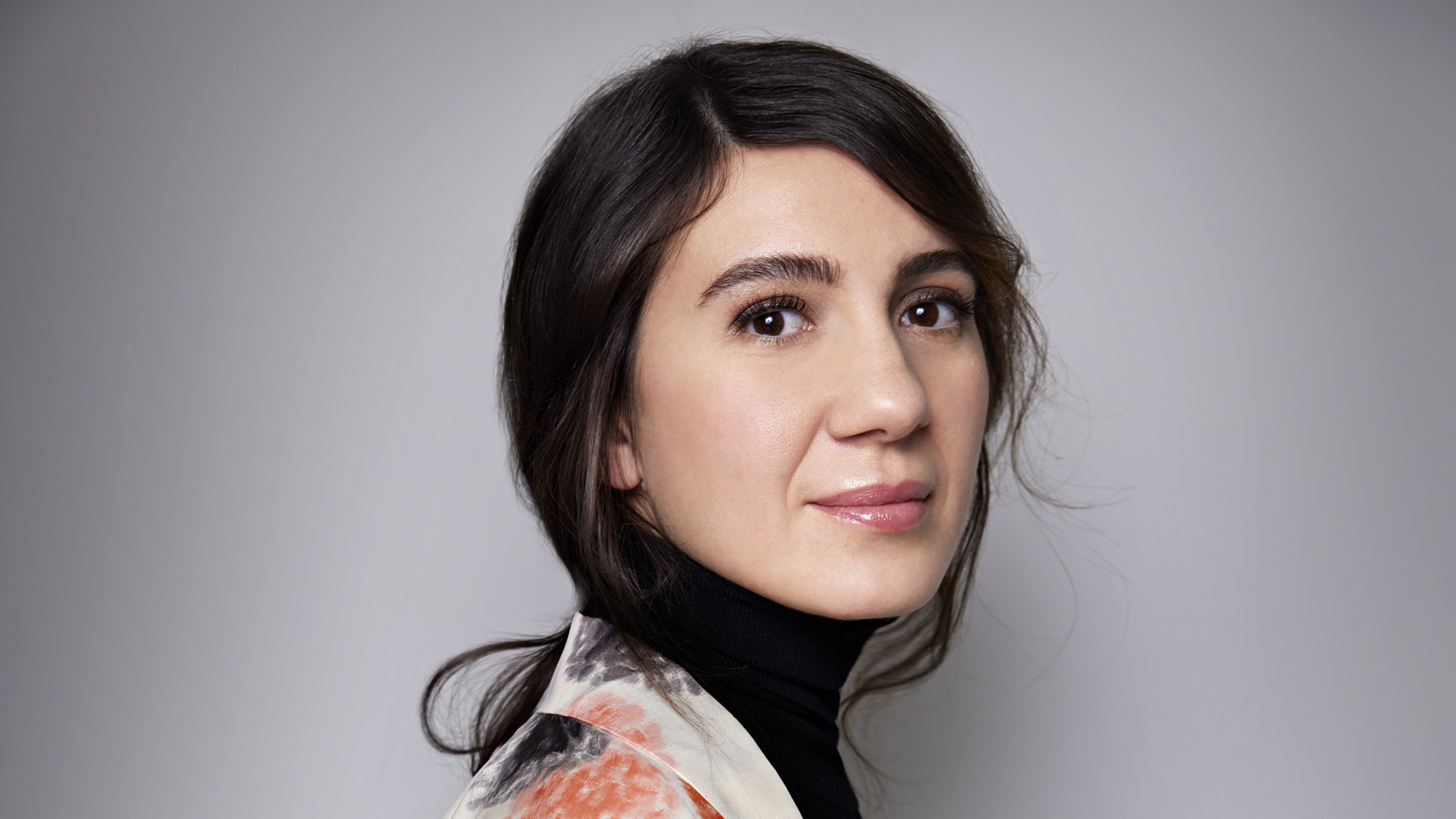 Where next for Salone del Mobile? Maria Porro on the future of the world’s biggest furniture fair
Where next for Salone del Mobile? Maria Porro on the future of the world’s biggest furniture fairAhead of Salone del Mobile 2025 in Milan, we sit down with its president to talk design, data and forging the event’s future in a fast-changing world
By Hugo Macdonald Published
-
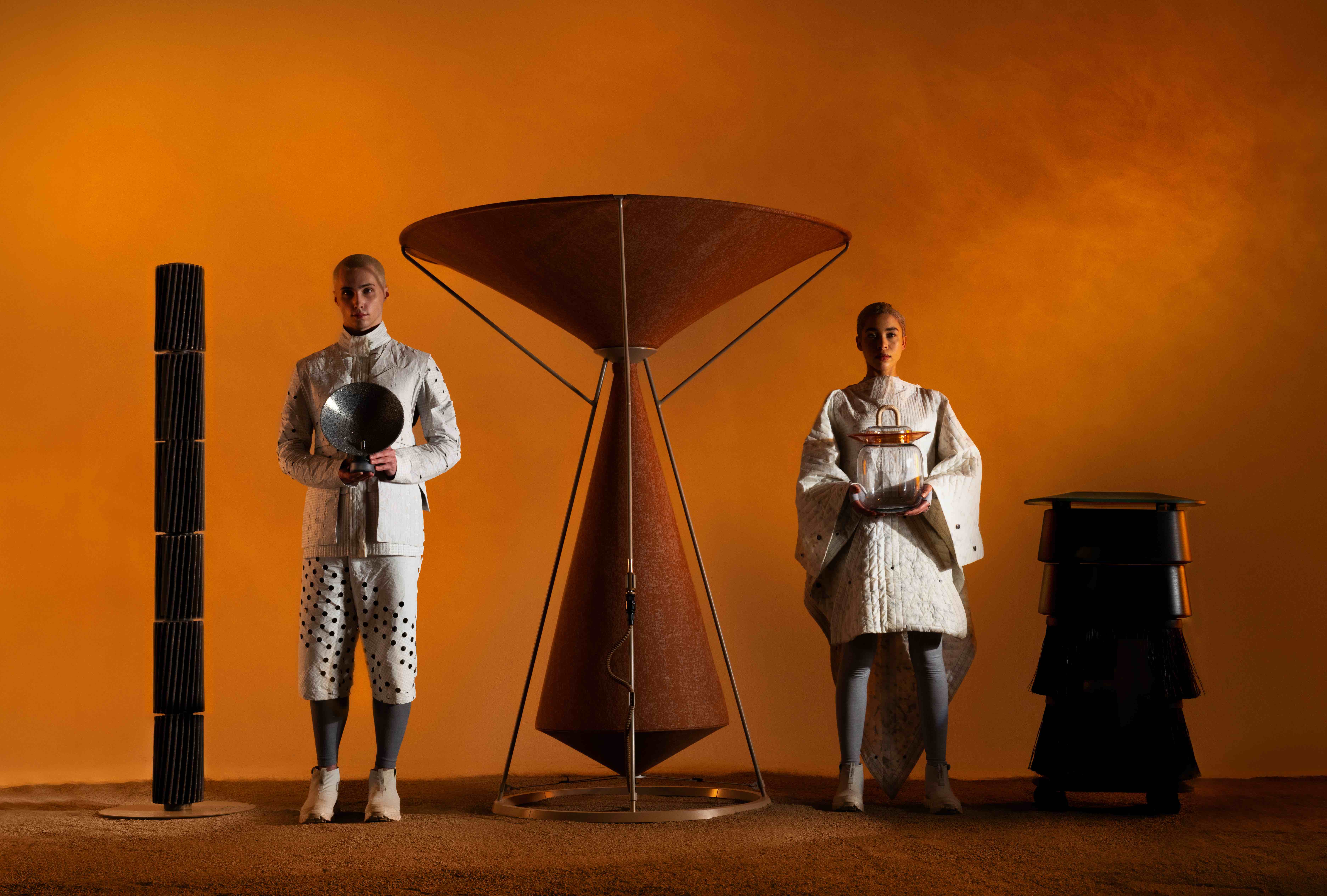 What to see at Milan Design Week 2025
What to see at Milan Design Week 2025We bring you a running guide to some of the events the Wallpaper* team is looking forward to at Milan Design Week (7–13 April) – from public installations and major launches to standout venues and must-see exhibitions. Stay tuned for updates...
By Hugo Macdonald Last updated
-
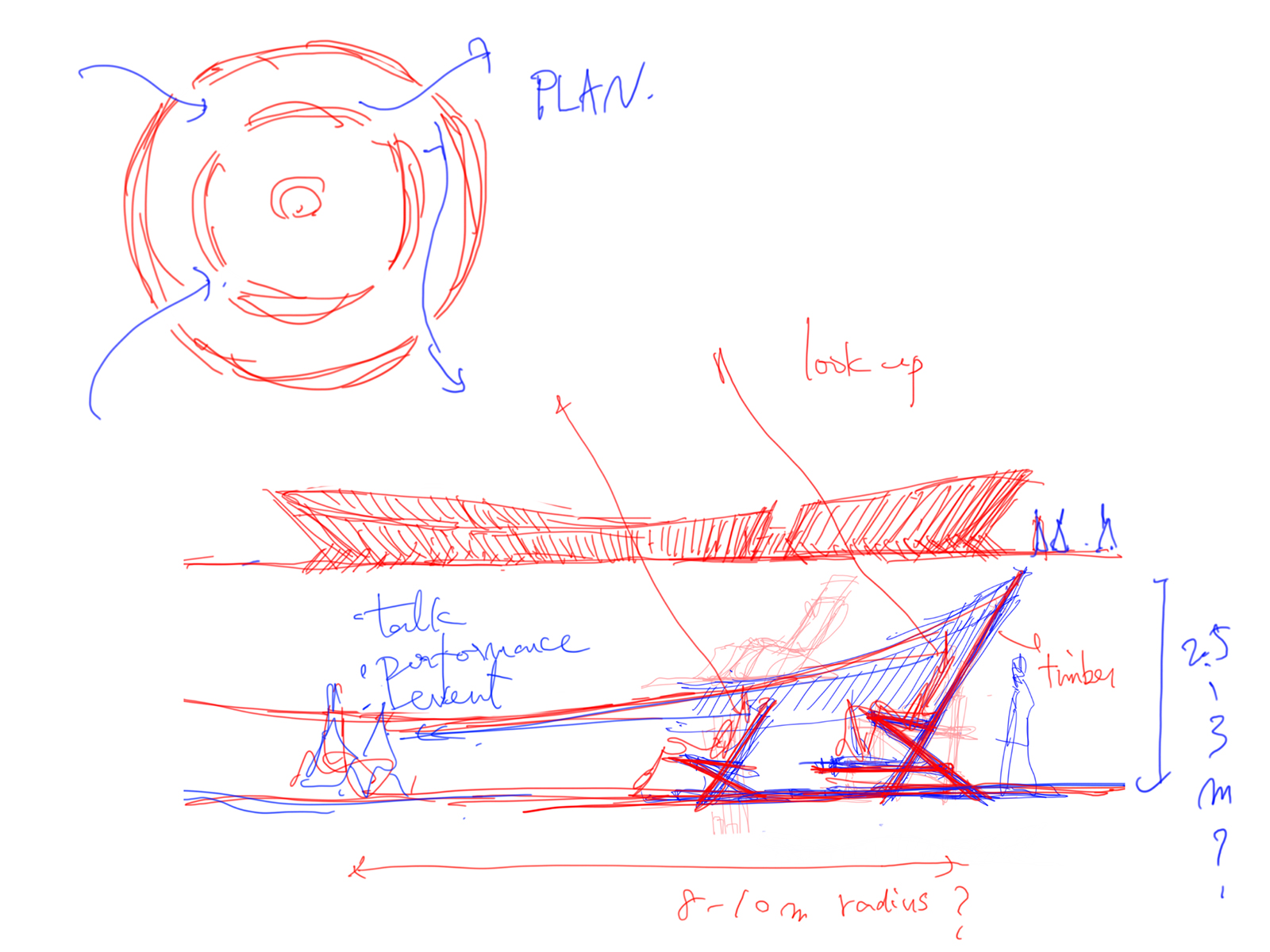 Salone Del Mobile 2025: Paolo Sorrentino, Robert Wilson, Sou Fujimoto and Pierre-Yves Rochon amongst this year's contributors
Salone Del Mobile 2025: Paolo Sorrentino, Robert Wilson, Sou Fujimoto and Pierre-Yves Rochon amongst this year's contributorsThe countdown to Salone Del Mobile 2025 has begun. President, Maria Porro, announced first plans for the fair including some key names
By Cristina Kiran Piotti Published
-
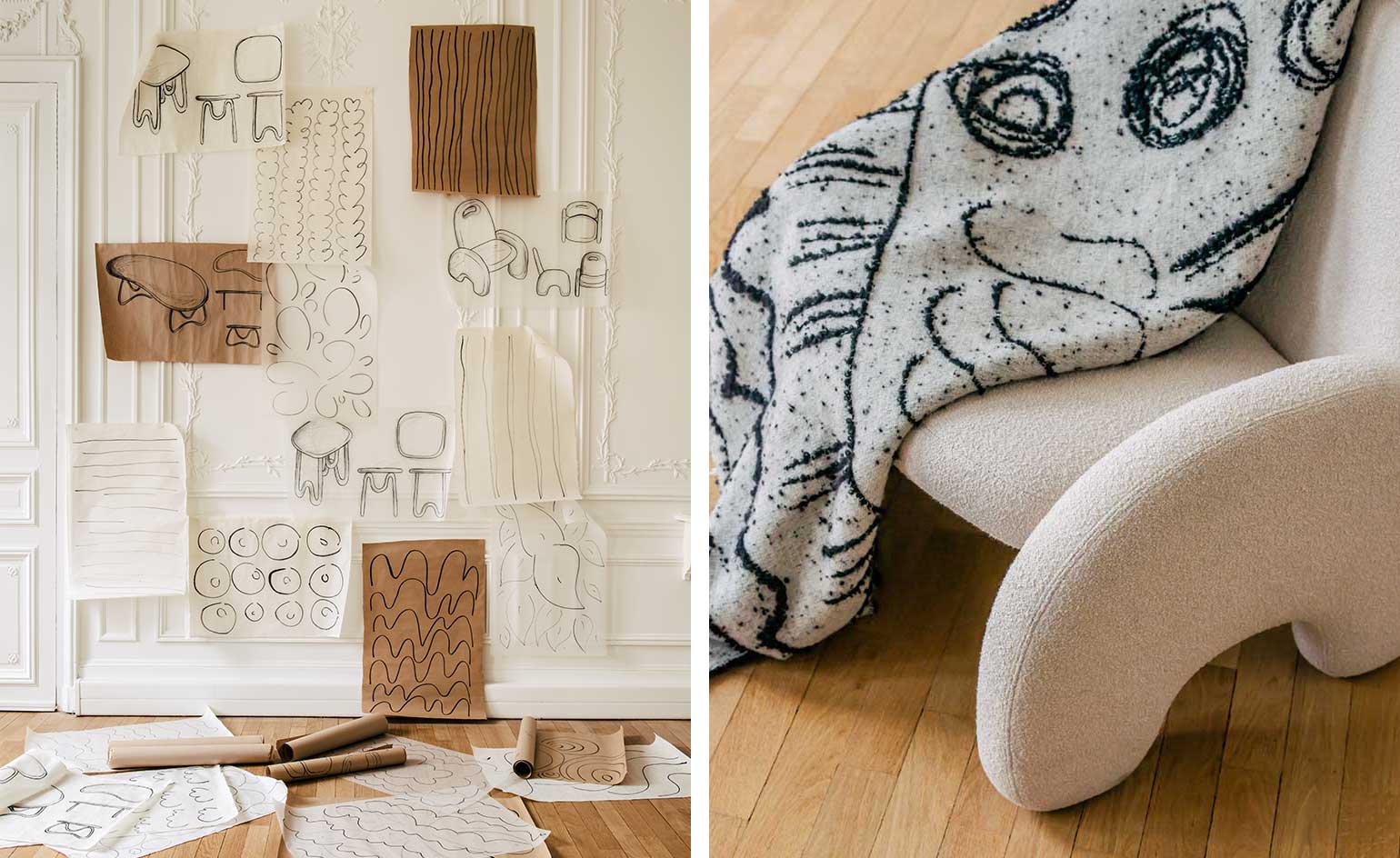 Faye Toogood brings new life to Matisse’s legacy
Faye Toogood brings new life to Matisse’s legacyMilan Design Week 2023: tapped by Maison Matisse, the London-based designer has taken inspiration from the French master’s forms to create a collection of heirloom-worthy objects
By Sam Rogers Published
-
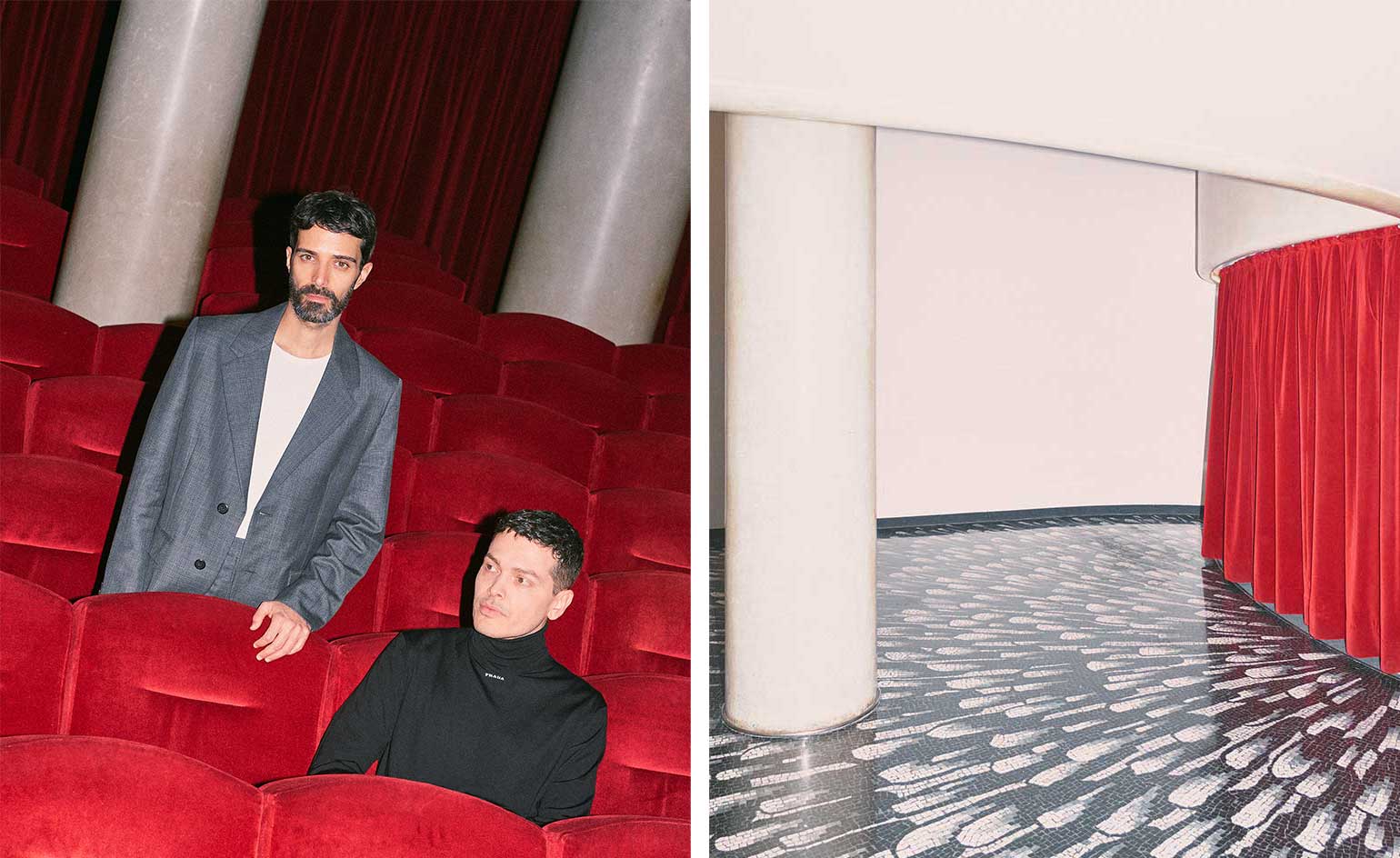 Prada Frames 2023: Milan programme announced
Prada Frames 2023: Milan programme announcedProgramme announced for Prada Frames 2023 at Milan Design Week, the annual symposium curated by Formafantasma at Luigi Caccia Dominioni's Teatro Filodrammatici from 17 to 19 April
By Rosa Bertoli Last updated
-
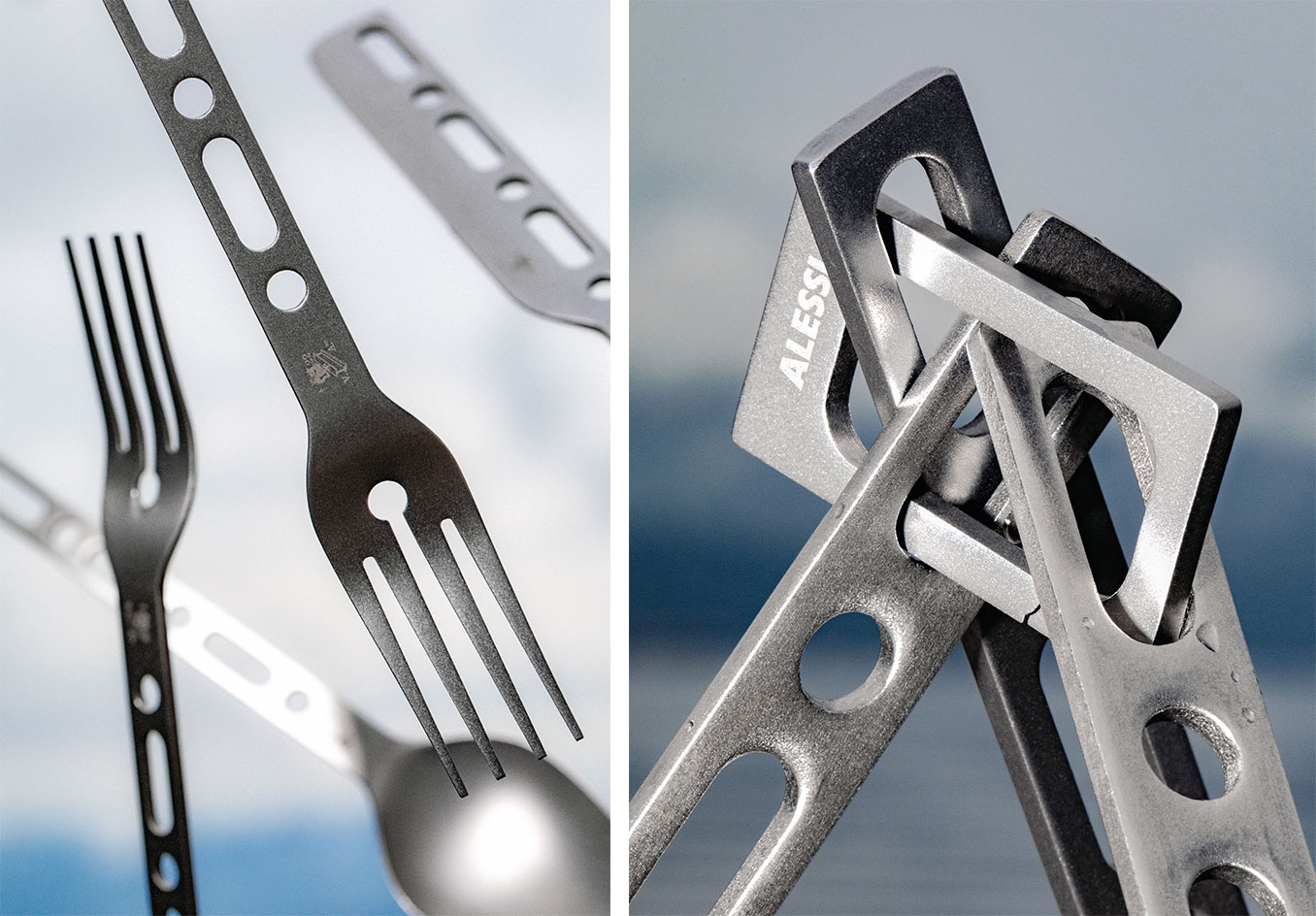 Alessi Occasional Objects: Virgil Abloh’s take on cutlery
Alessi Occasional Objects: Virgil Abloh’s take on cutleryBest Cross Pollination: Alessi's cutlery by the late designer Virgil Abloh, in collaboration with his London studio Alaska Alaska, is awarded at the Wallpaper* Design Awards 2023
By Rosa Bertoli Published